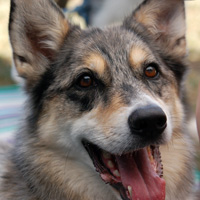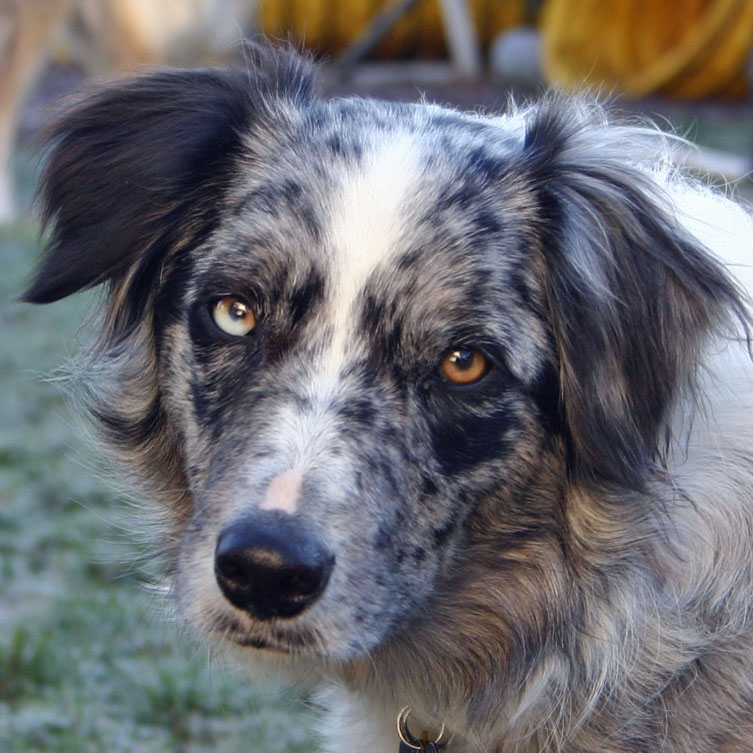The Release Is As Important As the Stay
Backchaining: The process of teaching a behavior by starting at the end and gradually adding pieces behind it. For example, to teach a dog to go over 3 jumps in a row, you might toss a toy out in front, stand in front of the first jump, and send the dog to get the toy. Then you'd move behind the first jump and send the dog over the first jump to get the toy. Then you'd gradually move back until you're behind the 2nd jump, and so on.
In last week's seminar, Susan Garrett talked about people wanting to train excellent contacts, where the dog (for example) shoots over the Aframe, zooms down the other side and skids to a stop at the bottom, two paws on and two paws off, and waits for your release cue. She pointed out that, in backchaining, you'd have to start with the release, and most people don't even think of that as part of the behavior. Of course, to have a release, the dog first has to have a sit/stay--so actually *that* would be the first part of the backchaining.
In the first day of the seminar--which admittedly had mostly less-experienced dogs--she had us all line up in a row, put the dogs in a sit/stay, and then give the release word with no physical cues (no leaning forward, no nodding, no steps, no hand movements). Tika did a nice sit/stay and then, on my "OK!", got up immediately and came around front of me.
The other dogs didn't release.
Susan said, "Looks like no one's dog here understands the release except Ellen's." I was pleased. OK, I take my successes in some pretty simple things. Fact is that Rachel, our instructor, insisted that we learn that as a separate skill way back at the beginning and continue to practice it over time. For that one moment of glory, I was extremely grateful. Complete list of labels






0 Comments:
Post a Comment
Links to this post:
Create a Link
<< Home